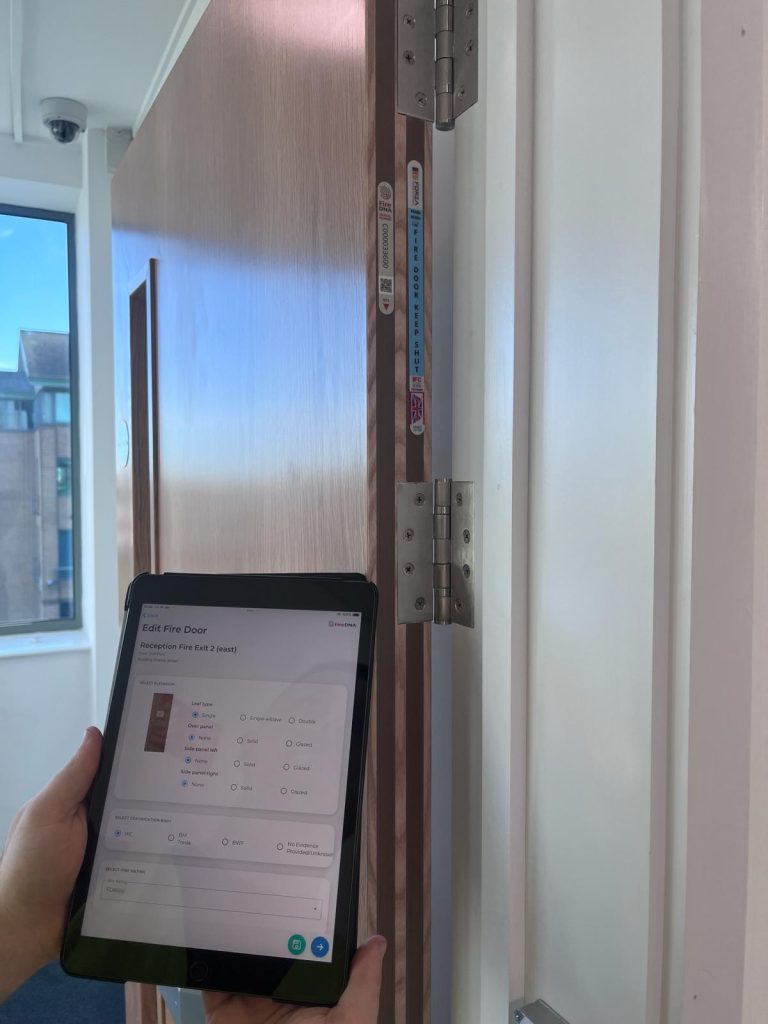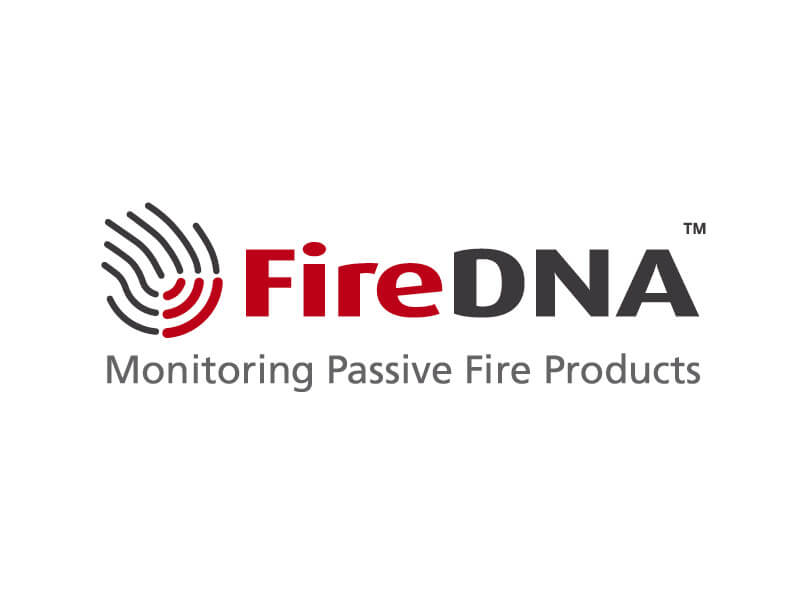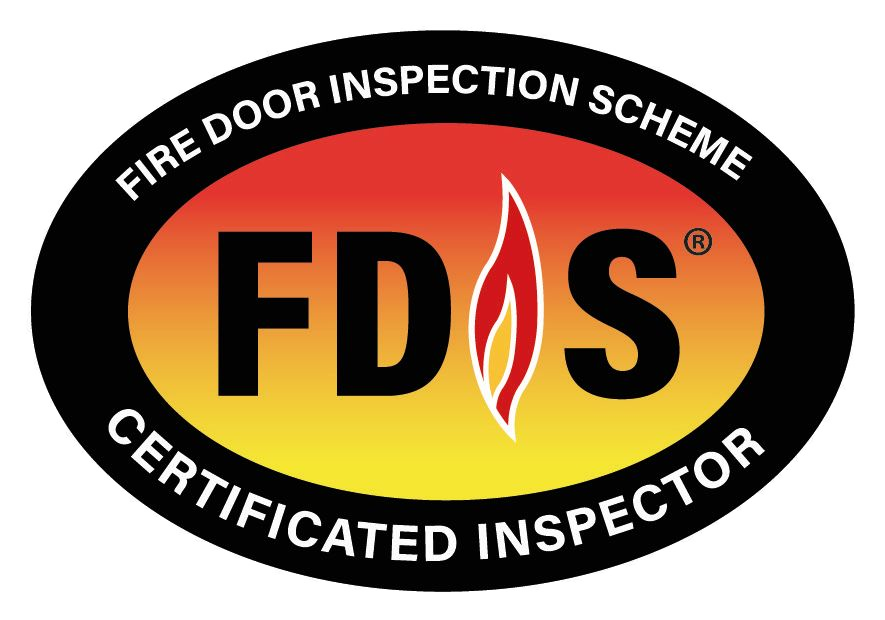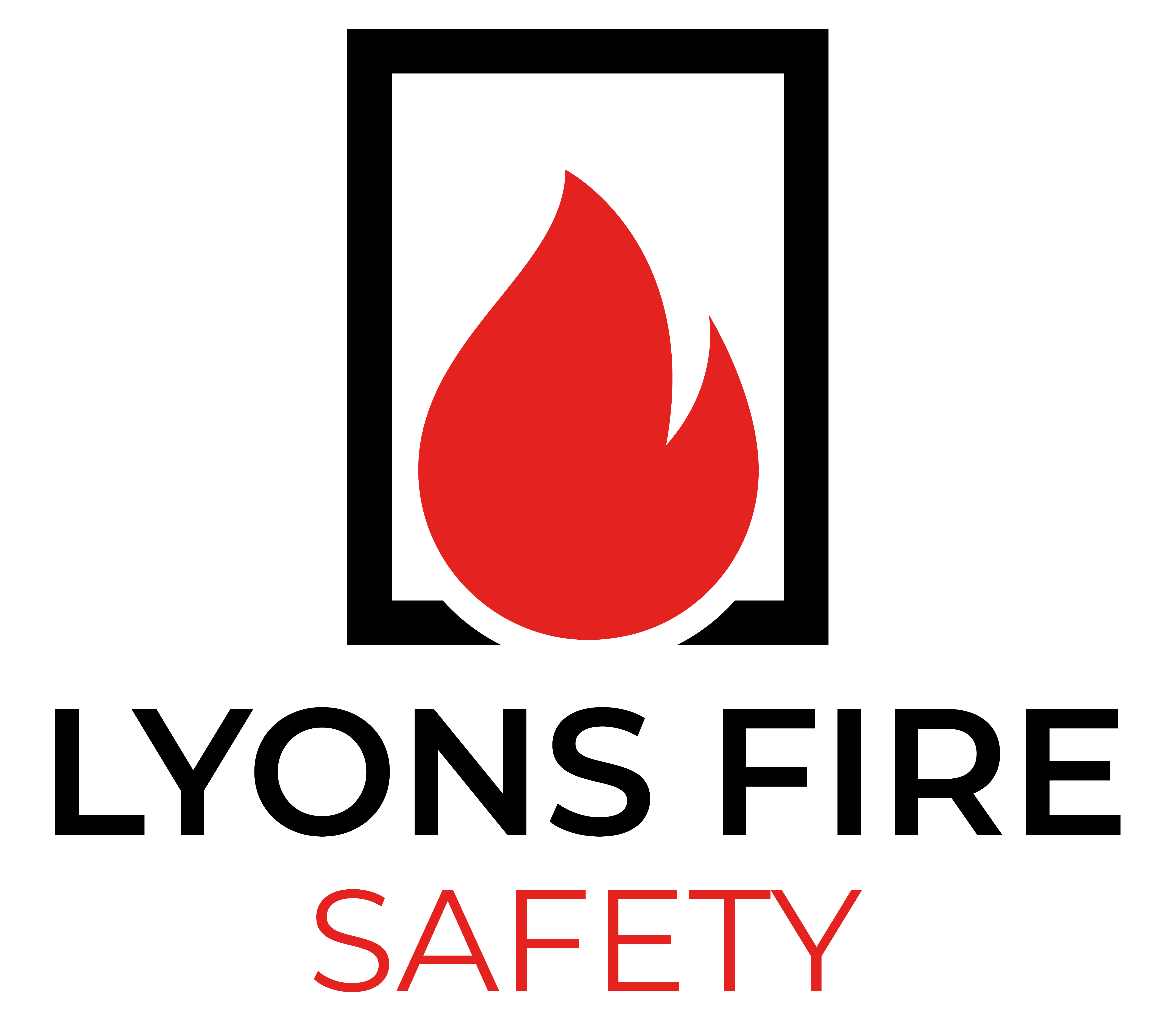Understanding Active and Passive Fire Protection
Ensuring robust fire safety measures is crucial for safeguarding lives and properties. Fire protection systems can be broadly classified into two categories: active and passive. While these systems serve distinct purposes, they work in tandem to provide comprehensive fire safety.
At Lyons Fire Safety (LFS), we specialise in passive fire protection solutions. However, understanding the difference between active and passive approaches is vital for implementing an effective fire safety strategy.
Take a look at our dedicated page – Understanding UK Fire Safety Laws and Legislation – here, to getting a better grasp on your responsibilities regarding passive fire protections, and understanding laws and regulations.
Compliance with Building Regulations and Fire Safety Laws
Active fire protection refers to systems and equipment designed to detect and suppress fires actively. These measures are dynamic, requiring activation or manual intervention to function effectively. Common examples of active fire protection include:
Common examples of active fire protection include:
Fire Alarms and Detectors
Fire alarms play a crucial role in detecting smoke, heat, or flames. Once triggered, they alert occupants, allowing for timely evacuation.
Sprinkler Systems
Sprinkler systems are designed to control or extinguish fires through automatic water discharge when activated by heat or smoke.
Fire Extinguishers
Portable fire extinguishers enable building occupants to attempt initial fire suppression before emergency services arrive.
Active fire protection aims to minimise the spread and impact of fires through early detection and intervention. These systems require regular maintenance, testing, and a reliable power source to function correctly.
What is Passive Fire Protection?
In contrast, passive fire protection focuses on containing or slowing the spread of fire through the inherent properties of building materials and design. These measures are always present and do not require activation or external power sources. Passive fire protection includes:
Fire-Rated Doors and Walls
Fire-rated doors and walls act as barriers, preventing or delaying the spread of fire, smoke, and toxic gases between compartments.
Fire-Resistant Materials
Building materials like concrete, gypsum, and specific types of insulation possess fire-resistant properties, reducing combustibility and fire spread.
Compartmentalisation
Dividing buildings into fire-resistant compartments through walls, floors, and ceilings helps contain fires, protecting escape routes and neighbouring areas.
The primary objective of passive fire protection is to provide time for safe evacuation and emergency response by controlling fire growth and smoke spread.

Difference Between Active and Passive Fire Protection
The main distinction between active and passive fire protection lies in their respective roles and modes of operation:
- Purpose – Active systems aim to detect and suppress fires, while passive measures focus on containing and slowing fire spread.
- Operation – Active protection requires activation, external power sources, and often human intervention, whereas passive protection is inherent in the building design and materials.
- Maintenance – Active systems necessitate regular testing, maintenance, and potential replacement, while passive measures are relatively low-maintenance once installed correctly.
- Integration – Both active and passive fire protection work in tandem, with passive measures buying crucial time for active systems to function effectively.
At LFS, our expertise lies in passive fire protection solutions, including fire-rated doors, walls, and compartmentalisation strategies. We understand the critical role these measures play in ensuring fire safety compliance and protecting lives and properties.
Why Passive Fire Protection Matters
While active fire protection is essential, passive measures are equally important for several reasons:
Life Safety
Passive fire protection measures help prevent the rapid spread of fire and smoke, providing occupants with valuable time for safe evacuation.
Property Protection
By containing fires within designated compartments, passive protection can minimise property damage and prevent catastrophic losses.
Regulatory Compliance
Building regulations and fire safety laws mandate specific passive fire protection requirements, ensuring buildings meet minimum safety standards.
Cost-Effectiveness
Properly implemented passive fire protection can significantly reduce the long-term costs associated with fire damage and reconstruction.
Learn more about passive fire protection (PFP) and the various measures and assets used by LFS in protecting against fires.
Passive Fire Protection Technology: FireDNA's 'Golden Thread'
At Lyons Fire Safety, we are committed to staying at the forefront of fire safety management by embracing cutting-edge digital solutions. One such innovation we have adopted is FireDNA’s ‘Golden Thread’ technology, which allows us to set new benchmarks in accountability, transparency, and safety for our passive fire protection installations and maintenance services.
FireDNA’s ‘Golden Thread’ technology weaves a comprehensive digital tapestry that spans the entire lifecycle of our passive fire protection solutions. From detailed product specifications and digitised installation manuals to meticulous maintenance logging and transparent client access, this innovative platform streamlines our processes and enhances traceability.
By embracing FireDNA’s innovative platform, we at LFS have taken a proactive step towards enhancing the safety and security of the properties we protect. This technology complements our expertise in passive fire protection, enabling us to deliver comprehensive solutions that meet the highest standards of quality, compliance, and accountability.
Whether you require fire-rated doors, compartmentalisation strategies, or any other passive fire protection measure, you can trust that our work will be supported by the cutting-edge ‘Golden Thread’ technology.

Whether you require fire-rated doors, compartmentalisation strategies, or any other passive fire protection measure, you can trust that our work will be supported by the cutting-edge ‘Golden Thread’ technology.
Integrating Active and Passive Fire Protection
For optimal fire safety, active and passive protection must be integrated seamlessly. Passive measures create compartments and fire-resistant barriers, while active systems detect and suppress fires within those compartments.
At LFS, we work closely with clients to assess their unique fire safety needs and develop tailored solutions that incorporate both active and passive protection. Our expertise in passive fire protection ensures robust compartmentalisation, fire-rated doors and walls, and compliance with the latest regulations.
By partnering with LFS, you can benefit from our comprehensive fire safety services, including:
Professional Inspections
We conduct thorough fire door inspections to assess the condition and compliance of your passive fire protection measures, identifying potential issues and recommending appropriate solutions.
Installation and Maintenance
Our team of experts ensures the correct installation and maintenance of fire-rated doors, walls, and other passive fire protection components, adhering to manufacturer guidelines and industry best practices.
Compliance and Certification
We provide comprehensive documentation and certification, ensuring you have a clear record of your passive fire protection measures’ compliance with relevant regulations.
Tailored Fire Safety Solutions
Our customised fire safety solutions combine passive fire protection with active measures, providing a holistic approach to safeguarding your property and occupants.
Contact Lyons Fire Safety Today
Ensuring effective fire safety requires a balanced approach that incorporates both active and passive fire protection. At LFS, we are passionate about educating our clients on the importance of passive fire protection and its role in creating a comprehensive fire safety strategy.
Don’t compromise on fire safety – partner with LFS for:
- Comprehensive fire door inspections by experienced professionals
- Installation and maintenance services tailored to meet fire door ratings
- Compliance with the latest fire safety regulations and building codes
- Third-party certified products and installations
- Integration of cutting-edge digital solutions like FireDNA’s ‘Golden Thread’ technology
Contact us today to schedule an assessment and experience the peace of mind that comes with entrusting your fire safety needs to the experts.
Phone: 0121 517 0562
Email: david@lyonsfiresafety.co.uk
Lyons Fire Safety: Your Trusted Partner in passive fire protection products & assets. Inspections, Maintenance, and Fire Door Safety Solutions.


